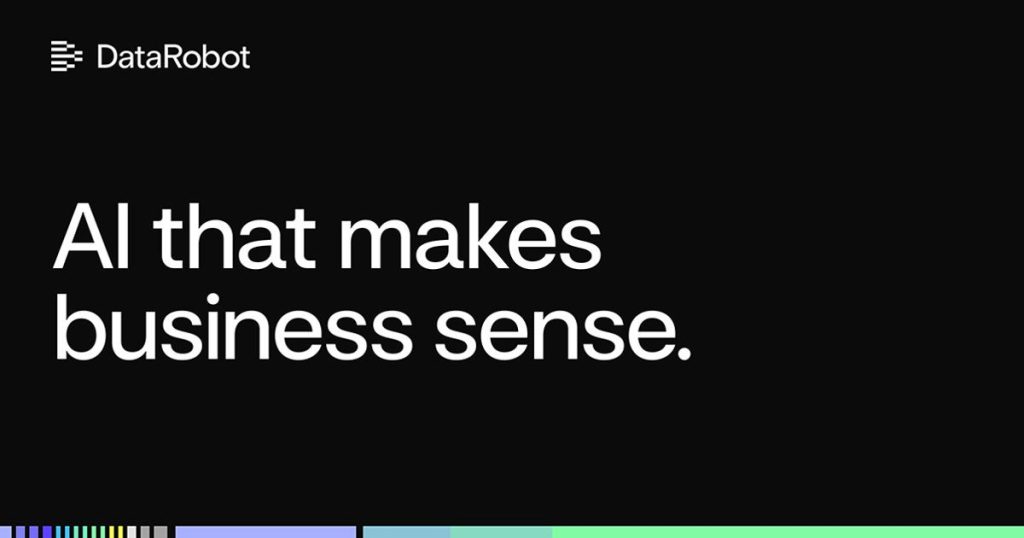Generative AI holds incredible promise, but its potential is often blocked by poor app experiences.
AI leaders aren’t just grappling with model performance — they’re contending with the practical realities of turning generative AI into user-friendly applications that deliver measurable enterprise value.
Infrastructure demands, unclear output expectations, and complex prototyping processes stall progress and frustrate teams.
The rapid pace of AI innovation has also introduced a growing patchwork of tools and processes, forcing teams to spend time on integration and basic functionality instead of delivering meaningful business solutions.
This blog explores why AI teams encounter these hurdles and offers actionable solutions to overcome them.
What stands in the way of effective generative AI apps?
While teams move quickly on technical advancements, they often face significant barriers to delivering usable, effective business applications:
Technology complexity: Building the infrastructure to support generative AI apps — from vector databases to Large Language Model (LLM) orchestration — requires deep technical expertise that most organizations lack. Choosing the right LLM for specific business needs adds another layer of complexity.
Unclear objectives: Generative AI’s unpredictability makes it hard to define clear, business-aligned objectives. Teams often struggle to connect AI capabilities into solutions that meet real-world needs and expectations.
Talent and expertise: Generative AI moves fast, but skilled talent to develop, manage, and govern these applications is in short supply. Many organizations rely on a patchwork of roles to fill gaps, increasing risk and slowing progress.
Collaboration gaps: Misalignment between technical teams and business stakeholders often results in generative AI apps that miss expectations — both in what they deliver and how users consume them.
Prototyping barriers: Prototyping generative AI apps is slow and resource-intensive. Teams struggle to test user interactions, refine interfaces, and validate outputs efficiently, delaying progress and limiting innovation.
Hosting difficulties: High computational demands, integration complexities, and unpredictable outcomes often make deployment challenging. Success requires not only cross-functional collaboration but also robust orchestration and tools that can adapt to evolving needs. Without workflows that unite processes, teams are left managing disconnected systems, further delaying innovation.
The result? A fractured, inefficient development process that undermines generative AI’s transformative potential.
Despite these app experience hurdles, some organizations have navigated this landscape successfully.
For example, after carefully evaluating its needs and capabilities, The New Zealand Post — a 180-year-old institution — integrated generative AI into its operations, reducing customer calls by 33%.
Their success highlights the importance of aligning generative AI initiatives with business goals and equipping teams with flexible tools to adapt quickly.
Turn generative AI challenges into opportunities
Generative AI success depends on more than just technology — it requires strategic alignment and robust execution. Even with the best intentions, organizations can easily misstep.
Overlook ethical considerations, mismanage model outputs, or rely on flawed data, and small mistakes quickly snowball into costly setbacks.
AI leaders must also contend with rapidly evolving technologies, skill gaps, and mounting demands from stakeholders, all while ensuring their models are secure, compliant, and reliably perform in real-world scenarios.
Here are five strategies to keep your initiatives on track:
Business alignment and needs assessment: Anchor your AI initiatives to your organization’s mission, vision, and strategic objectives to ensure meaningful impact.
AI technology readiness: Assess your infrastructure and tools. Does your organization have the tech, hardware, networking, and storage to support generative AI implementation? Do you have tools that enable seamless orchestration and collaboration, allowing teams to deploy and refine models quickly?
AI security and governance: Embed ethics, security, and compliance into your AI initiatives. Establish processes for ongoing monitoring, maintenance, and optimization to mitigate risks and ensure accountability.
Change management and training: Foster a culture of innovation by building skills, delivering targeted training, and assessing readiness across your organization.
Scaling and continuous improvement: Identify new use cases, measure and communicate AI impact, and continually refine your AI strategy to maximize ROI. Focus on reducing time-to-value by adopting workflows that are adaptable to your specific business needs, ensuring that AI delivers real, measurable outcomes.
Generative AI isn’t an industry secret — it’s transforming businesses across sectors, driving innovation, efficiency, and creativity.
Yet, according to our Unmet AI Needs survey, 66% of respondents cited difficulties in implementing and hosting generative AI applications. But with the right strategy, businesses in virtually every industry can gain a competitive edge and tap into AI’s full potential.
Lead the way to generative AI success
AI leaders hold the key to overcoming the challenges of implementing and hosting generative AI applications. By setting clear goals, streamlining workflows, fostering collaboration, and investing in scalable solutions, they can pave the way for success.
To achieve this, it’s critical to move beyond the chaos of disconnected tools and processes. AI leaders who unify their models, teams, and workflows gain a strategic advantage, enabling them to adapt quickly to changing demands while ensuring security and compliance.
Equipping teams with the right tools, targeted training, and a culture of experimentation transforms generative AI from a daunting initiative into a powerful competitive advantage.
Want to dive deeper into the gaps teams face with developing, delivering, and governing AI? Explore our Unmet AI Needs report for actionable insights and strategies.
About the author

Savita has over 15 years of experience in the enterprise software industry. She previously served as Vice President of Product Marketing at Primer AI, a leading AI defense technology company.
Savita’s deep expertise spans data management, AI/ML, natural language processing (NLP), data analytics, and cloud services across IaaS, PaaS, and SaaS models. Her career includes impactful roles at prominent technology companies such as Oracle, SAP, Sybase, Proofpoint, Oerlikon, and MKS Instruments.
She holds an MBA from Santa Clara University and a Master’s in Electrical Engineering from the New Jersey Institute of Technology. Passionate about giving back, Savita serves as Board Member at Conard House, a Bay Area nonprofit providing supportive housing and mental health services in San Francisco.

